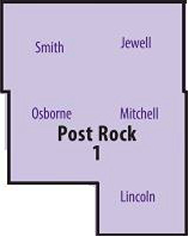Celebrate St. Patrick’s Day with a festive, tasty, and kid-friendly green smoothie.
Ingredients:
2/3 cup 100% apple juice*
½ cup fresh baby spinach**
2 cups frozen pineapple chunks, no sugar added
1 cup low-fat vanilla yogurt***
1 banana
Directions:
- Add apple juice and spinach leaves to blender. Blend first to help make it smooth and avoid leafy chunks.
- Place the remaining ingredients in the blender.
- Blend until smooth and serve.
Nutrition Facts Per Serving (1 cup): 135 calories, 1g Total Fat, 0g Saturated Fat, 35mg Sodium, 31g Total Carbohydrates, 24 g Sugars, 2g Dietary Fiber, 2g Protein
* You can substitute low-fat or nonfat milk or 100% white grape juice for 100% apple juice. Adding milk instead of 100% fruit juice will lower the calories and sugar while adding extra calcium to help strengthen bones.
** You can use kale instead of spinach. Kale does have a stronger flavor than spinach. I like using spinach since it has little to no flavor.
***To make the smoothie even healthier, use nonfat vanilla yogurt or nonfat Greek yogurt instead of low-fat vanilla yogurt.
By: Jamie Rathbun
 The best time to fertilize spring-flowering bulbs is when foliage emerges in the spring rather than at flowering. Traditionally, gardeners have applied fertilizer during bloom or a bit after, but because bulb roots start to die at flowering, fertilizer applied at bloom is wasted.
The best time to fertilize spring-flowering bulbs is when foliage emerges in the spring rather than at flowering. Traditionally, gardeners have applied fertilizer during bloom or a bit after, but because bulb roots start to die at flowering, fertilizer applied at bloom is wasted.